| Pesticide class | Herbicide |
|---|---|
| Active ingredient | Triflusulfuron-Methyl |
| Formulation | 50% DF |
| Resistance group | HRAC: B,2 |
| PHI | PHI for this Herbicide has not been reported |
| Acute Oral LD50 for Rats | 5000< mg/kg |
Triflusulfuron-Methyl 50% DF
It is a selective, systemic post-emergence herbicide. It belongs to the class of sulfonylurea herbicides and inhibition of aceto-lactase synthase (ALS) or Acetohydroxyacid synthase (AHAS) mode of action. Its mode of action is by branched chain amino acid valine, leucine, and isoleucine synthesis inhibition. This herbicide is quickly decomposed by the chemical and biochemical factors of the soil.
Use cases
|
Crop |
Weed |
Dosage |
|
Sugerbeet |
Broadleaf weeds |
30 gr per Ha+ 2 lit per Ha Phenmedipham + 200 ml per Ha Surfactant |
Related products
Pretilachlor 50%EC
Bentazone 48% SL
Trifluralin 48% EC
It is a selective, pre-emergence dinitroaniline herbicide which is mainly absorbed through the coleoptile and hypocotyl of weeds and prevents the germination of the weed seed through cell division blockage in the hypocotyl, as well as the development of the root system. It is not transferable in plants. Increasing the diameter of the root, causing swelling in the meristem area of the root tip, preventing the production of lateral roots are the symptoms of using this herbicide.
Oxadiazon 12%EC
Phenmedipham+Desmedipham +Ethofumesate 27.4% EC
Bispyribac-Sodium 40% SC
Glufosinate-Ammonium 20%SL
It is a non-selective, connected, and semi-systemic phosphonic acid herbicide inhibition of glutamine synthesis, leading to a complete breakdown of ammonia metabolism and subsequent accumulation of ammonia in tissues. This herbicide also interferes with photosynthesis. Glufosinate ammonium is used to control annual and non-perennial weeds, so this herbicide does not control perennial weeds well. Chlorosis, withering of tissues and finally, the death of the weed within 1 to 2 weeks are the symptoms of the effect of the herbicide.






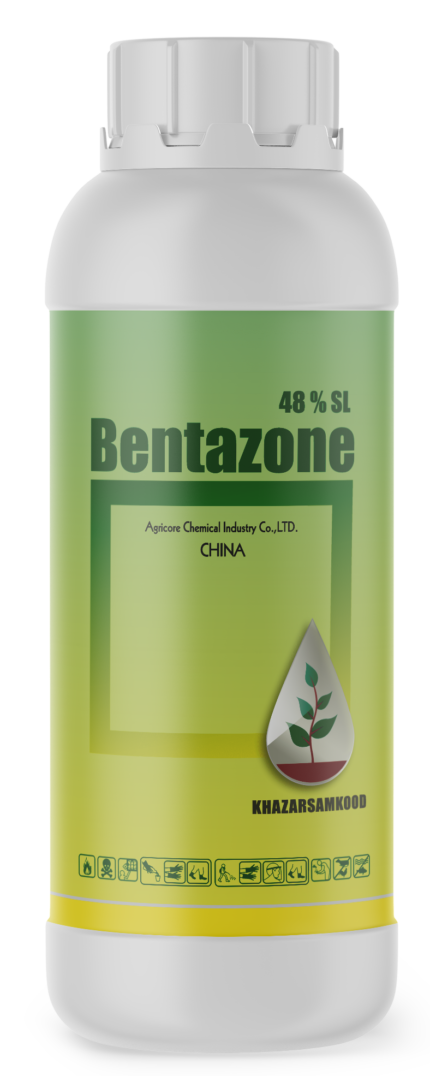
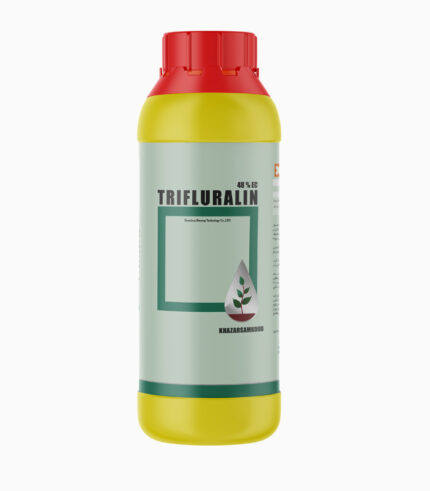
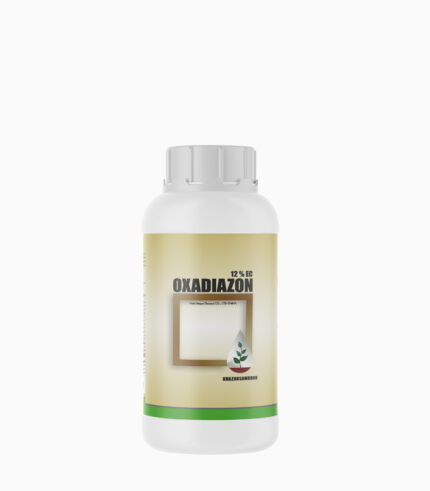
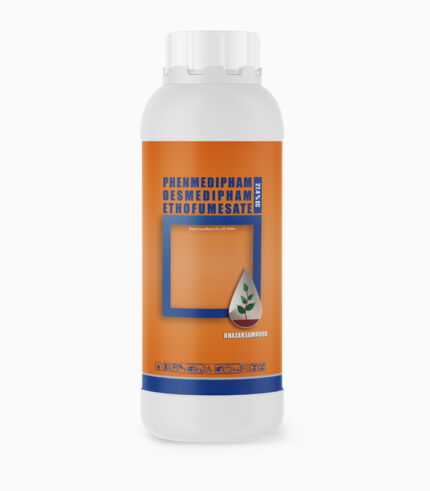
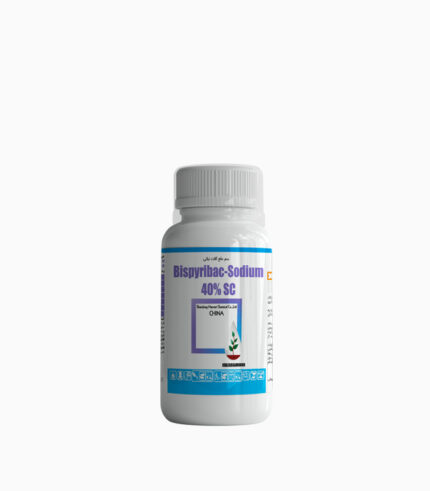
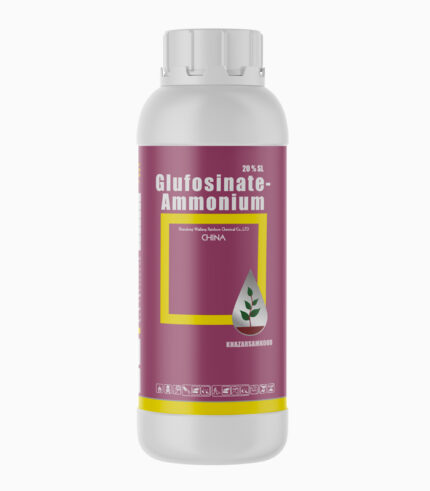
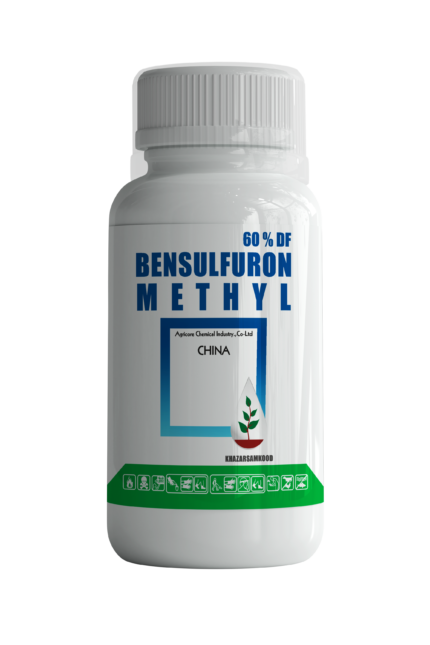
Reviews
There are no reviews yet.